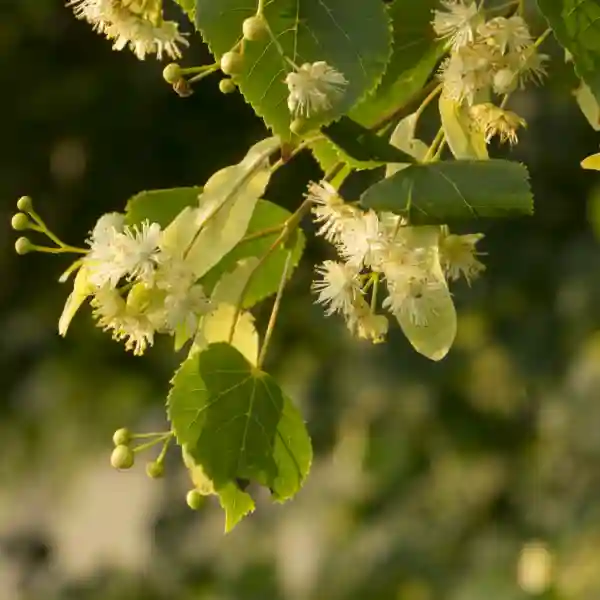

Lindblommans regenerativa kraft
The lime tree, and more specifically its sweet-smelling flowers, has been used for centuries for its calming and restorative properties.
Not to be confused with the lime tree that produces the citrus fruit, limeflower comes from Tilia species – often large, majestic trees found in parks and forests throughout the temperate Northern Hemisphere.
An infusion of limeflower (also known as Linden tea) can offer gentle support in times of need. As Peter Conway writes in his book, Tree Medicine, “if you are stressed, tense or overworked, you need limeflowers”. It is no coincidence then that it is a key ingredient in some of Pukka’s most calming teas including and After a long, hard day, a cup of Night Time tea can be the perfect way to rest the system, support a good night’s sleep and allow the body to recharge.
We are not the only ones to benefit from the regenerative properties of limeflower. The tree itself has remarkable capacity for regeneration. Even after being blown over in a gale, many lime trees come back to life by sending up new shoots.
This ability to regenerate also happens to be very useful for harvesting the flowers. Like many trees, lime produces flowers at the ends of its branches – a trait of evolution designed to increase the chances of pollination. This may be good for the bees (who love limeflower), but it makes it much harder for us to reach; the only way to harvest significant quantities is to cut some of the branches so that the flowers can be safely gathered from the ground.
To ensure that the trees are sustainably managed (and we leave enough flowers for the bees) Pukka only buys limeflower from projects that are certified. One of the requirements of FairWild is to do ‘regeneration studies’; in the case of limeflower, this involves cutting branches (as you would for harvesting the flowers) and monitoring how long it takes for them to fully grow back to its original size. The results of these regeneration studies tell us how long the tree needs to be left alone before it is harvested again.
All the branches on the right-hand side of this tree have been cut back as part of a regeneration study to see how long it will take to grow back to its original size
All of Pukka’s limeflower comes from Eastern Europe. Every FairWild project has a story to tell, but one of the most interesting stories comes from the wilds of Bosnia, and again it is based around the theme of regeneration.
The project was set up in 2000 at a time when people were still feeling the effects of the Bosnian war. During the conflict many people lost everything, including their houses and their livelihoods; the one thing that they still had was an abundance of natural resources – and this included many ancient lime trees.
Now, 20 years after the war, the project employs more than 700 families to collect limeflower and other herbs (including elderflower, nettles and dandelion, which we also use in Pukka teas). The collectors, who belong to ethnic groups from both sides of the conflict, now find themselves working together to collect healing herbs and flowers – an activity that has provided livelihoods to many in need, and has helped to regenerate what was a deeply fractured society.
So next time you are feeling depleted and in need of some gentle support, don’t forget about the regenerative powers of the limeflower. Not only will a cup of Night Time or Love tea help your own system recharge, you can rest assured that the lime trees are able to regenerate. And – perhaps most remarkably – you are helping to support efforts to regenerate society in a small corner of the world torn apart by the effects of civil war.
As always, there’s so much more to a cup of tea than meets the eye.
